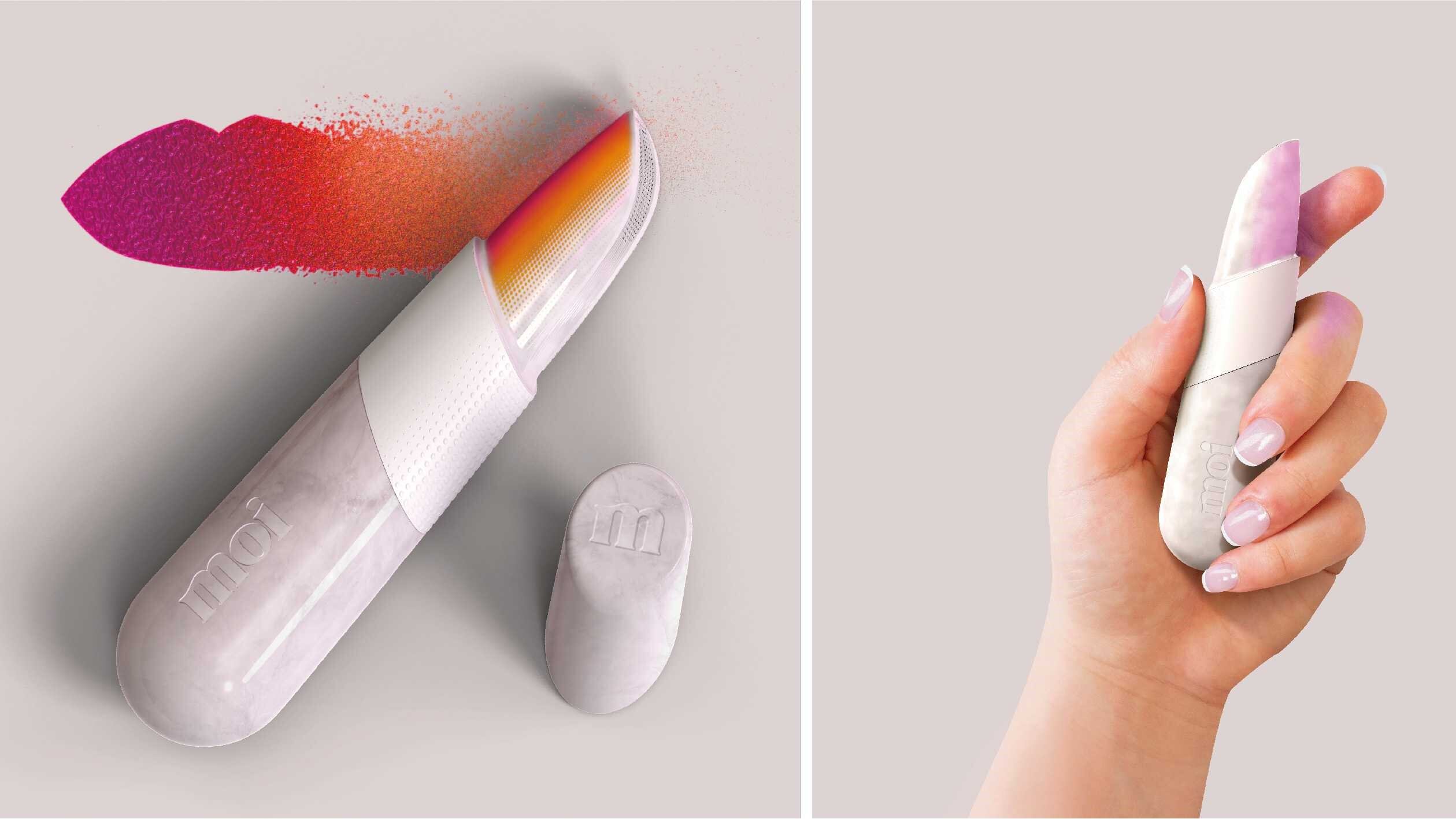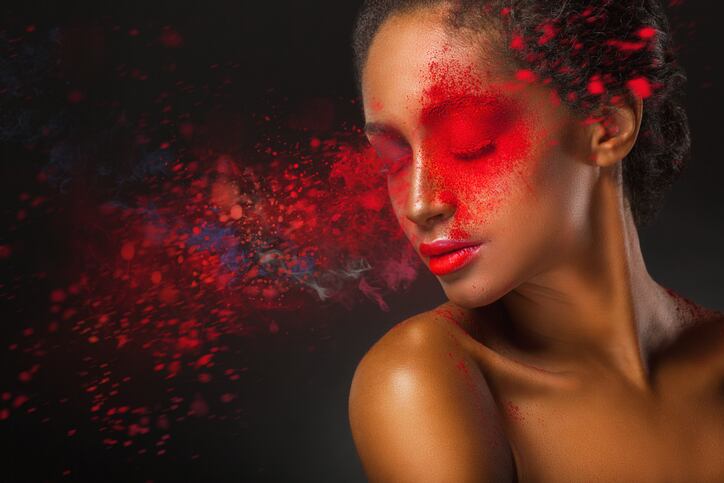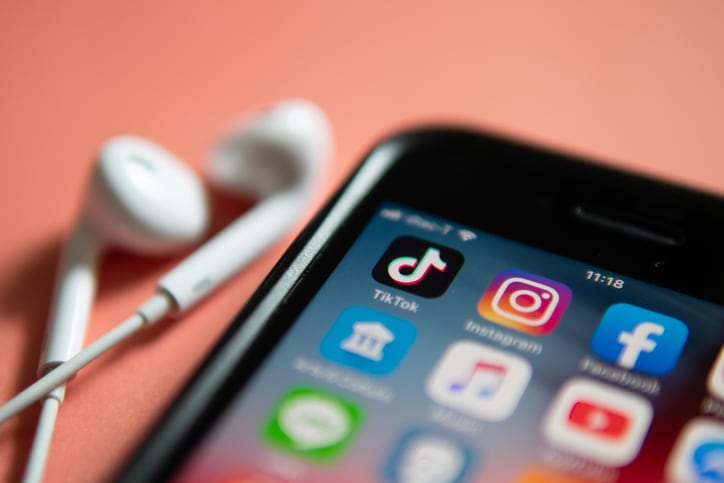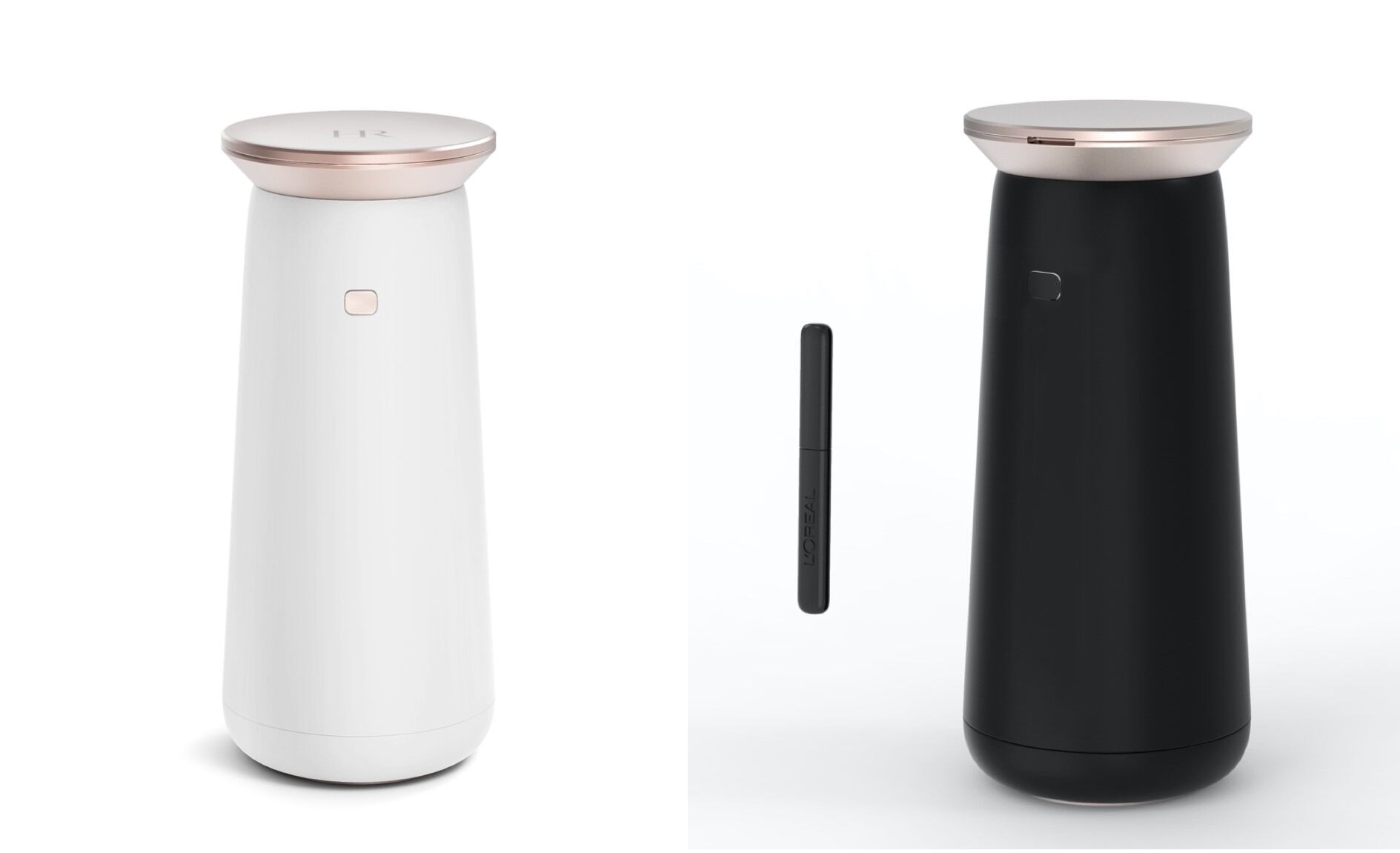UK branding and design agency 1HQ dreamt up its digital lipstick ‘moi’ earlier this year – a unique robust, reusable item that printed colour onto lips using cutting-edge inkjet technology. The lipstick would enable consumers to customise colour blends on-the-go via voice command, create unique fades, patterns and gradients upon application, and save colour selections to the device for later.
Whilst the concept was very much that – a concept – the team behind it said the idea could be truly transformative and drive lipstick innovation to new heights, from a packaging and user experience standpoint.
A robust lipstick that prints colour
Mike Webster, director of 3D structure and experience at UK branding and design agency 1HQ and part of the team behind the design, said he felt compelled to rethink the “humble lipstick” that “fundamentally hasn’t changed for years”.
“I’ve designed everything from hospital beds and baby cots to mobile telephones and computer accessories, all the way through to packaging. So, whenever I look at anything, I’m always trying to think: how could that be better? And lipstick has always been something that’s fascinated me,” Webster told CosmeticsDesign-Europe.
“One thing that’s fascinated me is how cosmetic packaging doesn’t do a very good job at protecting the content,” he said.
The thinking behind ‘moi’, therefore, was to create a more “robust” lipstick, first and foremost, then integrate this into a design that was multifunctional and matched consumer needs around sustainability and personalisation, he said.
Sustainable beauty that stays highly personalised
Webster said the 1HQ design team had kept sustainability front of mind, as it did with every design project.
“We want to get away from the idea that you buy a lipstick and then that plastic goes in the bin. Obviously, by being reusable, i.e. you can refill it, that lipstick will have a life much greater than it does today. But also, we can think about it in terms of product wastage – with it being more like a printer cartridge, rather than a solid wax or resin, what that means is you’re going to use every last drop of it.”
This design proved that sustainable beauty could be “more beautiful” and provide consumers “better experiences” as well, he said.
Use of inkjet printing technology also empowered consumers more from a personalisation perspective, he said, opening up a wealth of creative opportunities.
“We just began that development process and came up with the thought that if you could print onto the lips, rather than apply a wax, then that would give you an enormous amount of flexibility and adaptability.”
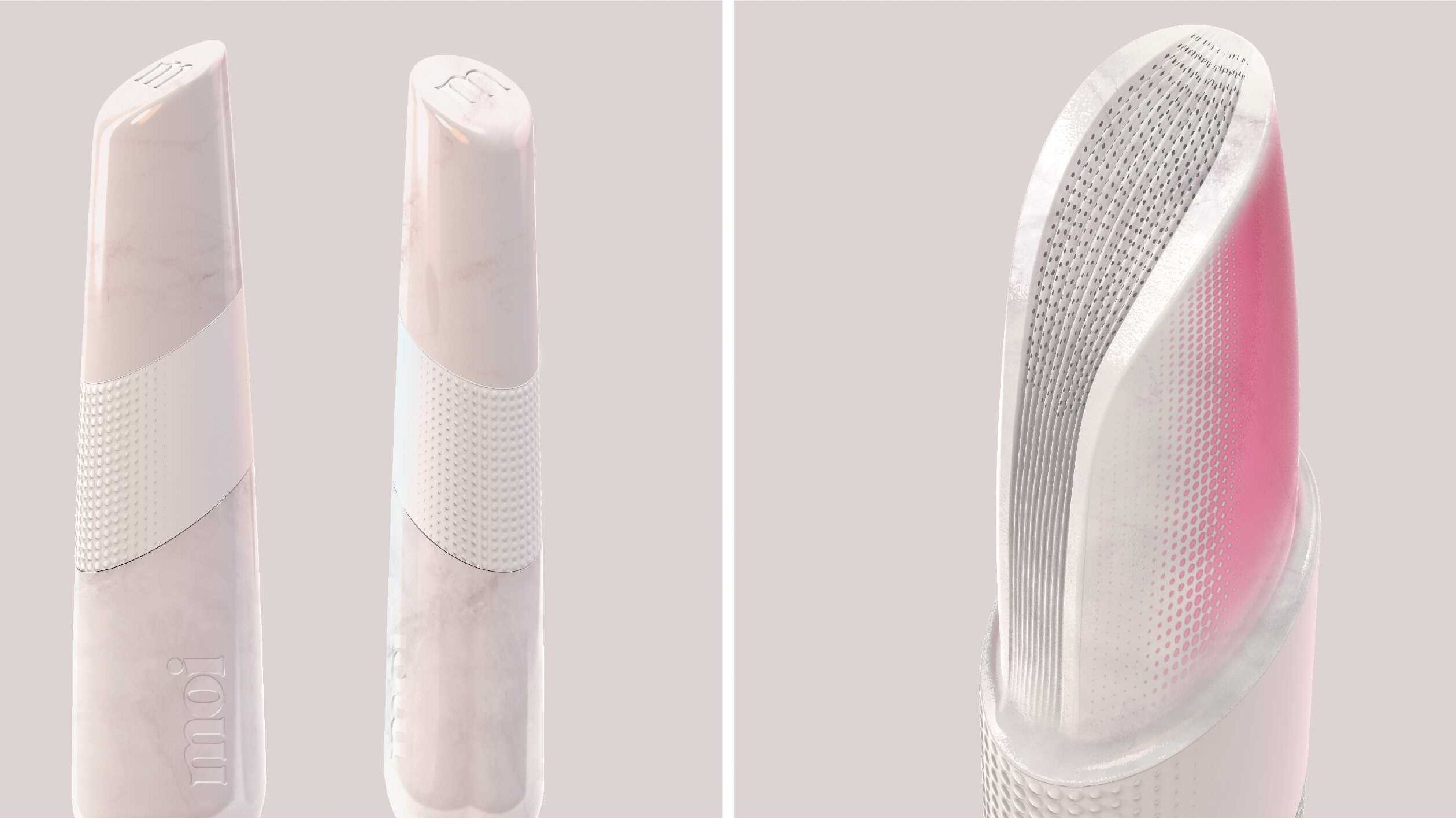
Brands could, for example, offer lipstick blends and patterns to consumers or these could be created by social media influencers and downloaded onto the device, he said.
Webster said there was “an enormous amount of potential” for lipstick to transition from being an analogue product to a flexible and digital offering for beauty consumers.
How far off is the Lipstick 4.0 revolution?
So, was the technology there to build a lipstick like ‘moi’?
“We have looked at the sort of technologies that are developing, and we know 3D printing is developing at quite an exponential rate. Even Adidas has teamed up with a 3D printer and 3D-printed the insoles of trainers,” Webster said.
“There’s a lot happening; it’s not gone mainstream, but brands are looking at how 3D printing can create more bespoke, tailored solutions. It’s just a matter of time before it becomes more mainstream.”
One 3D printer the 1HQ team found during the research for ‘moi’ was able to print a wax material, he said, so the scope was there, although getting a product onto shelf was “a good ten year’s off”.
“It’s actually more about the advances in inkjet technology. Again, we’ve looked at that and seen a lot of innovations on the number of nozzles you can get on a print head, so we’re confident that the innovation within inkjet technology will happen, for sure. And we’re also starting to see innovation for it to be printed on multi-surfaces – obviously the lip is not a flat piece of paper. But [moi] was intended to be a vision piece, rather than for tomorrow.”
On the topic of whether such a design would suit being a branded proprietary offering or an open source device that could load lipstick cartridges from different makeup brands, Webster said either could work. And either direction, he said, could feature autonomous lipstick refill stations where consumers could replenish cartridges when colours were running low – a concept that had already started to take off in perfumes.

